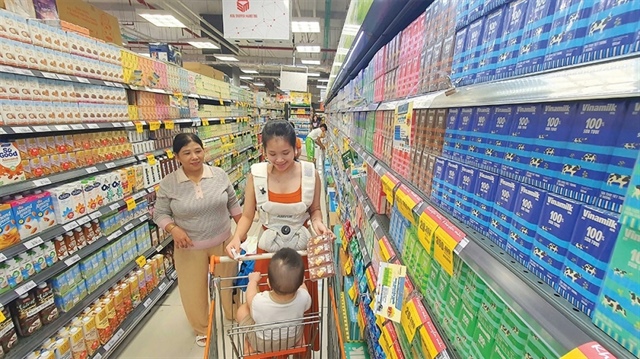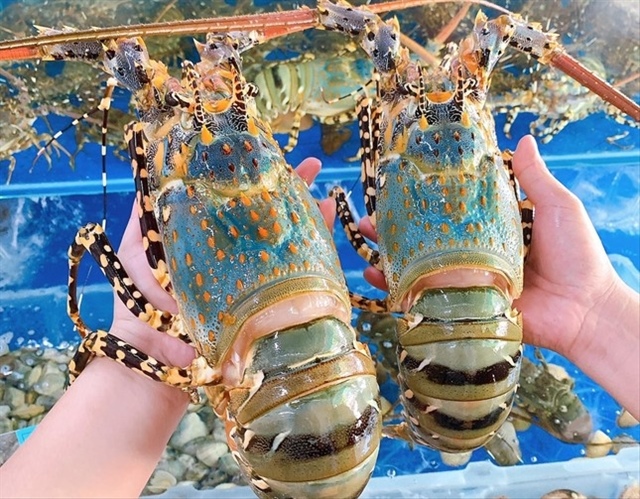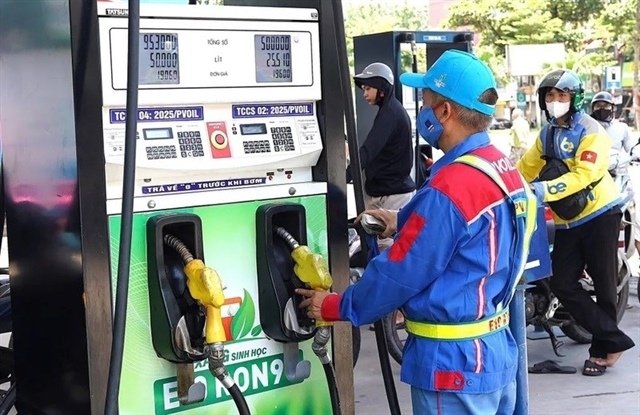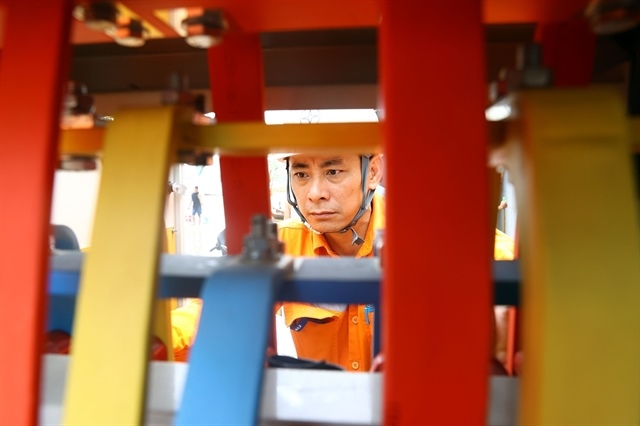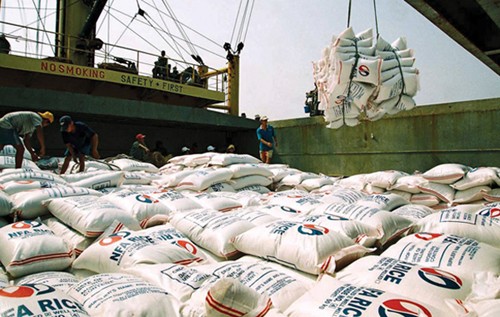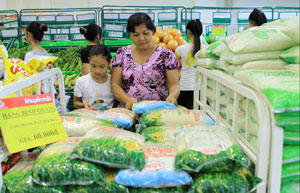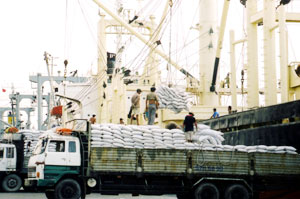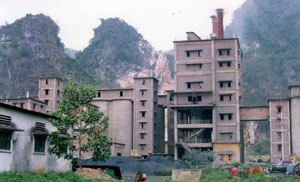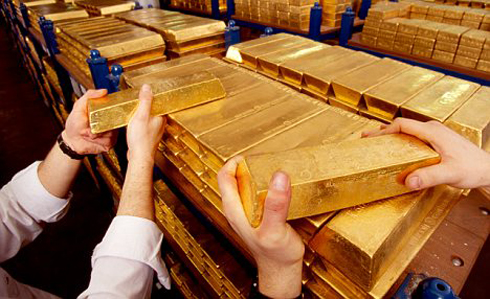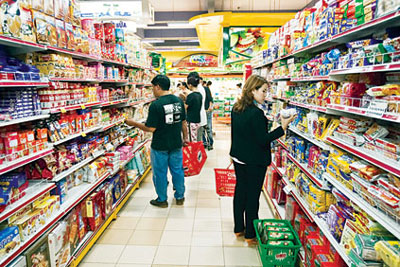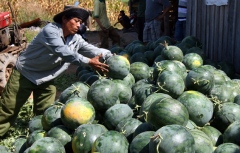Steel super-project raises big worries
Steel super-project raises big worries
Formosa Plastics has just started the construction of the first blast furnace of the steel mill in Vung Ang economic zone. However, industry experts say they feel worry instead of joy about the project which may bring unforeseen consequences.
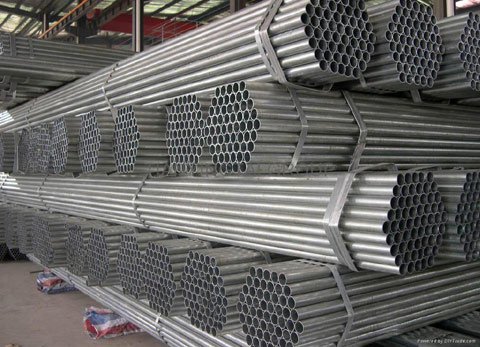
Super project to kill domestic production?
The first blast furnace of the steel mill, to have the capacity of 3.5 million tons per annum, is expected to become operational by late May 2015. The other two furnaces with the same capacity would be put into operation by May 2016 and May 2017, raising the total capacity of the first phase of the project to 10.5 million tons per annum.
The Formosa steel project has the total investment capital of 15 billion dollars which would be carried out in two phases. In the second phase, three more blast furnaces would be built up with the total capacity of 12 million tons a year. This means that the total capacity of the complex would be 22.5 million tons.
This amount of 10.5 million tons in the first phase would be comprised of 2.7 million tons of hot rolled steel and 2.5 million tons of raw hot rolled steel. If everything goes as scheduled, the project would provide the products Vietnam is lacking. At present, it has to import 3 million tons of hot rolled steel a year.
Besides, Formosa would also churn out structural steel, the kind of products which have been abundant in Vietnam. This means that Formosa would be a big rival to domestic existing steel mills which now can put out 17 million tons of finished products and ingot steel.
The oversupply of structural steel might be the reason behind the Japanese JFE Holdings’ decision to reconsider the plan to invest 3.6 billion dollars on a steel mill in Vietnam after realizing that a lot of investors have been flocking to the southern region of China and to Vietnam.
Prior to that, JFE announced its intention to join forces with Taiwanese E United Group to develop a steel project in Vietnam, which would put out 3.5 million tons of steel a year, expected to become operational by 2016.
The unforeseen consequences?
Some sources said Formosa just can arrange two billion dollars worth of capital for the project, while it needs over 10 billion dollars.
Formosa reportedly is meeting difficulties when seeking capital. The group has three billion dollars and plans to borrow three billion dollars from foreign banks, and another 3 billion dollars from foreign bank branches in Vietnam.
However, under the current laws, foreign bank branches in Vietnam are not allowed to provide to one client the sum of money which is higher than 15 percent of their registered capital. This means that Formosa cannot borrow big sums of capital from every bank.
Meanwhile, environmentalists have expressed their worries about the possible impacts on the environment. It is estimated that in order to make one tons of raw steel, 585 kilos of solid waste would be generated. As such, Formosa project would produce ten millions of tons of solid waste every year.
Every ton of raw steel would also create three cubic meters of toxic waste water and generate 2.3 tons of CO2, CO, SO2, NOx, dust and metal dust. If the waste cannot be treated well, the chemicals would cause acid rain, which, together with metal dust, would harm people’s health.
Formosa steel mill is believed to consume nearly 100 million cubic meters a year, which cannot be satisfied by the two existing water reservoirs in Ha Tinh province. Therefore, another water reservoir is now under construction.
However, Ha Tinh never has water in excess. Therefore, people have every reason to worry that they would not have enough water for agricultural production in the dry season.
vietnamnet


